Behind the former register office is Guisborough library, on the site of the Quaker meeting house. Erected in 1815, it was demolished in 1964/5. In front of the meeting house was an open area with cottages at the front, facing onto Westgate. They were demolished in c1965 to make way for the former register office. In the late 1800s and early 1900s, the cottages here were the homes of the ironstone miners. Ironstone mining had begun around Guisborough in the 1860s
A plaque documenting the history of The Ironstone Miner.
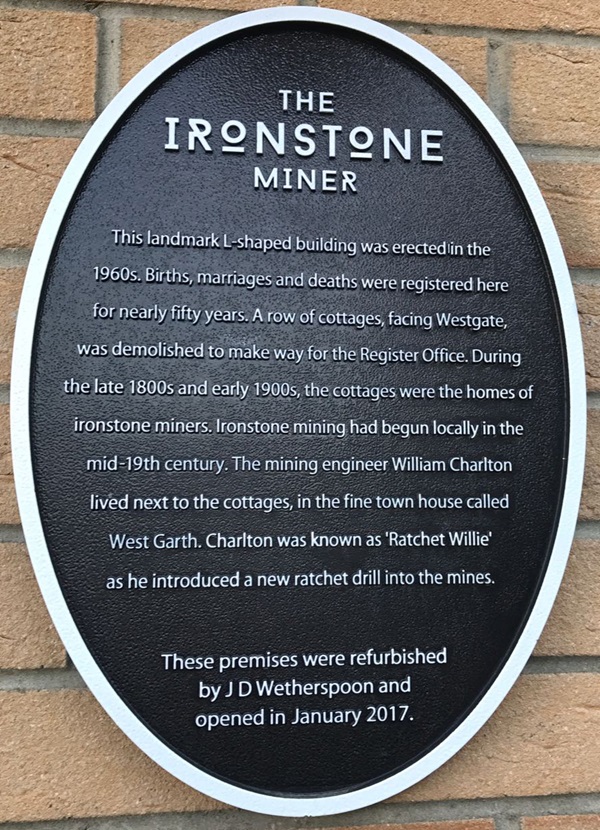
The text reads: This landmark L-shaped building was erected in the 1960s. Births, marriages and deaths were registered here for nearly fifty years. A row of cottages, facing Westgate, was demolished to make way for the Register Office. During the late 1800s and early 1900s, the cottages were the homes of ironstone miners. Ironstone mining had begun locally in the mid-19th century. The mining engineer William Charlton lived next to the cottages, in the fine town house called West Garth. Charlton was known as Ratchet Willie as he introduced a new ratchet drill into the mines.
These premises were refurbished by J D Wetherspoon and opened in January 2017.
An etching of Fountains Abbey.
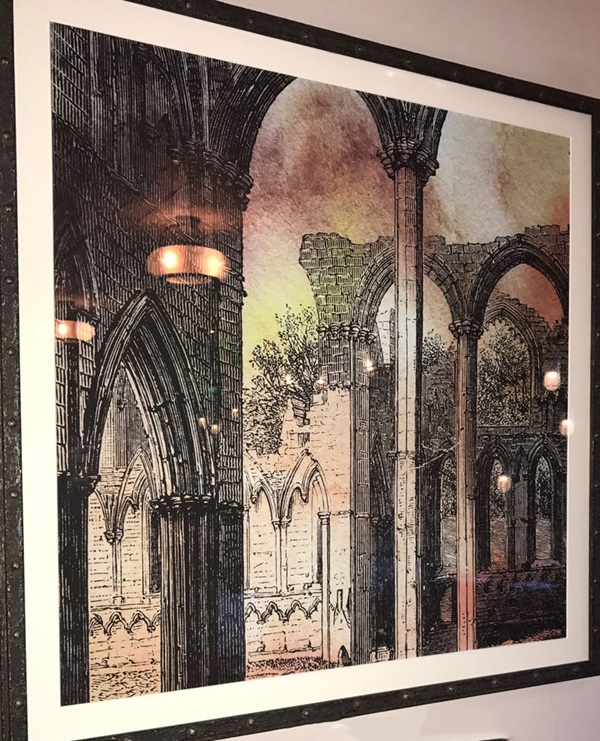
Taken from an antique etching, published 1870-1970 by Seeley & Co., London.
An illustration of an Augustinian priory.
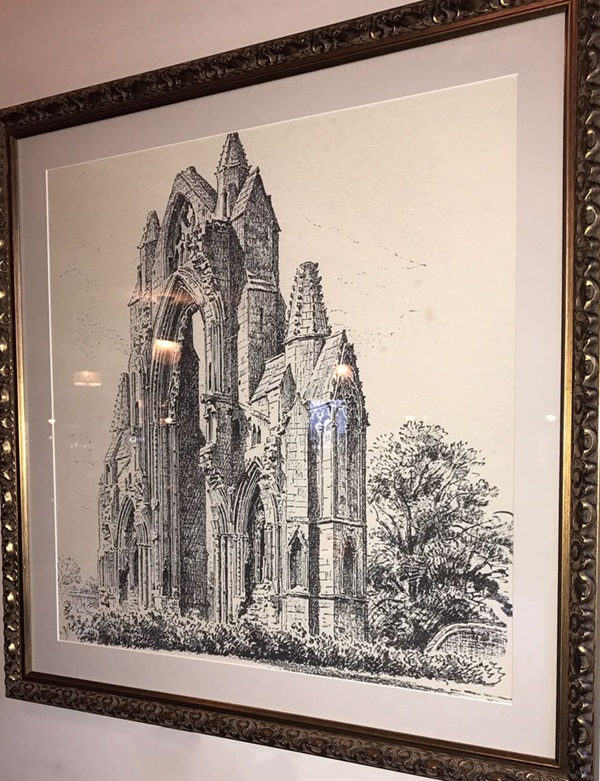
One of the first Augustinian priories to be built in England, Guisborough was founded by the Bruce family, ancestors of Robert the Bruce, King of Scotland.
In c1965, the original Ironstone miner cottages were demolished to make way for the former Register Office.

88 Westgate functioned as the Register Office for births, marriages and death from its construction in c1965 up until its transfer to Redcar in 2014.
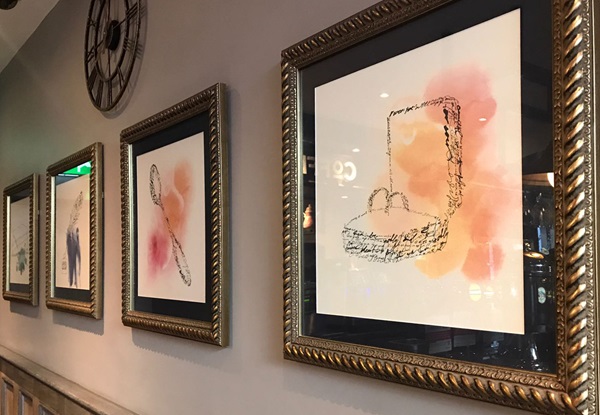
External photograph of the building – main entrance.
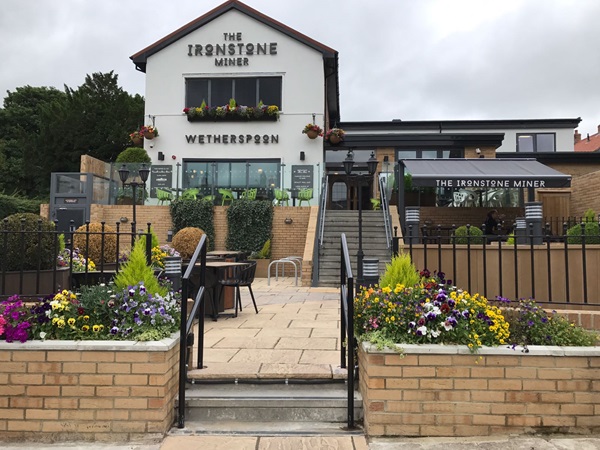
If you have information on the history of this pub, then we’d like you to share it with us. Please e-mail all information to: pubhistories@jdwetherspoon.co.uk